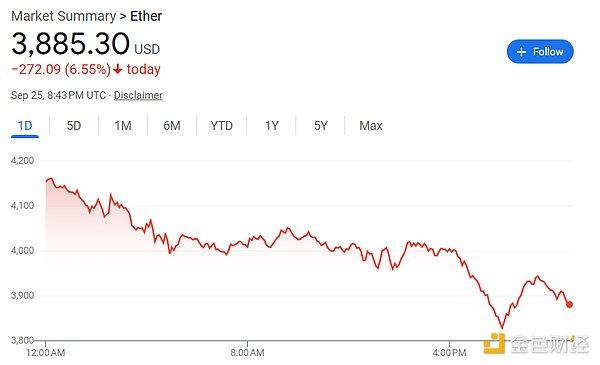The Trump administration is considering a plan to reduce semiconductor chip imports and impose tariffs on companies that do not maintain a balanced ratio of imported and domestically produced chips.
The Wall Street Journal reported that a proposal is being XEM that would see companies with a high reliance on imported chips subject to tariffs aimed at encouraging domestic production.
- The government is XEM restricting chip imports to boost domestic production.
- Businesses that fail to maintain a balance between imported and domestically produced chips could be subject to tariffs.
- This policy could affect the supply chain and strategies of global chipmakers.
Main points of the proposal
The plan aims to reduce the proportion of imported chips by imposing taxes on companies that do not achieve a balanced ratio between imported and domestically produced chips.
The idea is to encourage the repatriation of production lines to reduce supply chain security risks and foreign dependence. The specific mechanism of rates, tariffs and roadmap has not been announced publicly.
Affected objects
Semiconductor and electronics companies that use a lot of imported chips, especially those without large domestic manufacturing capacity, could be the main targets.
The global supply chain industry may have to adjust its sourcing, supply contracts and investment strategies. Manufacturers will consider increasing domestic investment or restructuring their supply chain to avoid tariff risks.
Consequences for supply chain and markets
The policy could increase input costs, alter trade flows and spur investment in domestic chip manufacturing.
In the short term, businesses and suppliers may experience disruption as they adjust contracts and supplies. In the long term, if there is a clear roadmap, policies can increase domestic production capacity and reduce foreign dependence.
Is the plan in effect?
There is no word on formal adoption yet; it is currently under XEM and media reports say the proposal is under consideration.
What should businesses do to cope?
Evaluate the usage rate of imported chips, XEM diversifying supply sources, and consider investing in domestic production or cooperation to reduce tax risks.
How does this policy affect consumers?
If production costs increase due to tariffs or supply shifts, prices of electronic products may increase; however, the specific impact depends on the final policy.








